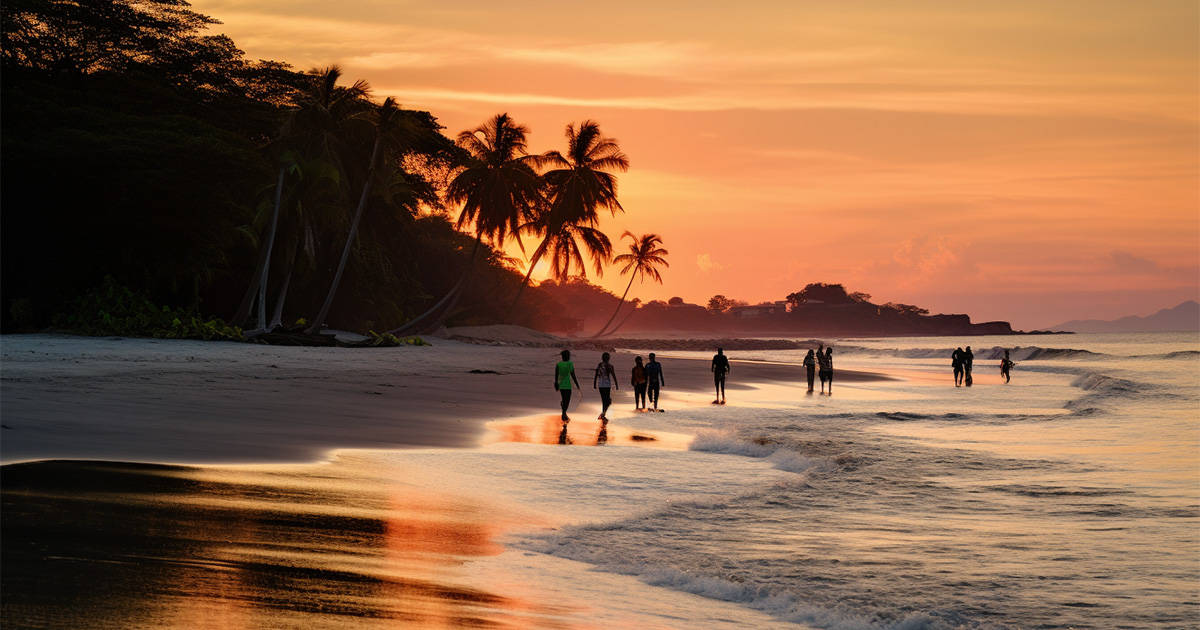Costa Rica’s reputation as an idyllic tourist destination is being threatened by a recent surge in violent crime. The tourism industry, which makes up over 8% of the country’s GDP, is extremely worried that this growing insecurity will deter visitors.
“The consequences are practically null at the moment,” remarked Tourism Minister William Rodríguez in an interview with 7 Días. However, he admitted that the Ministry remains vigilant and has commissioned studies to determine the impact on tourism levels.
Surveys of potential American and European tourists found no significant change in perceptions of safety compared to 2018. Minister Rodriguez hypothesized that citizens of countries like the U.S., where mass shootings are common, may not view Costa Rica’s situation as remarkably different. Nonetheless, he cautioned that a worsening security environment could still damage the critical tourism sector.
Others in the industry are more concerned about the rising crime rate. “Violent incidents are up. More has to be done,” insisted Rubén Acón, president of the National Chamber of Tourism (CANATUR). He warned that areas like Limón, Puntarenas and Guanacaste, which see many tourist arrivals, have been increasingly prone to violence.
“Some countries were tourist hotspots but declined due to safety issues, ending up with almost no tourists. We’re not there yet, but proactive work is necessary,” Acón stated.
Similarly, Tadeo Morales, vice-president of the Arenal Chamber of Tourism, said crime rates have risen significantly. “We are alarmed over the perceived inaction against these offenses, which could tarnish Costa Rica’s image,” he said. “A negative perception is forming. We are voicing our concerns, hoping public administration can formulate policies to mitigate this risk.”
Tourism represents over 300,000 jobs in Costa Rica. With increasing crime threatening popular destinations, the consequences could be devastating for local economies reliant on foreign visitors. Reports of armed robberies, assaults, and homicides are especially concerning for a country that has marketed itself as the “Switzerland of Central America.”
While visitor numbers remain steady for now, industry leaders argue that more security and preventative measures are urgently needed. The government, however, maintains confidence that Costa Rica’s reputation remains intact. But without action to reverse the rising insecurity, the longer-term outlook for tourism could be grim.
With no easy solutions, Costa Rica faces difficult decisions on how to confront increasing crime without alienating visitors or damaging communities dependent on a thriving tourism sector. But the consensus is clear – failure to act decisively could put the country’s status as a top global destination, and major economic driver, at risk.

